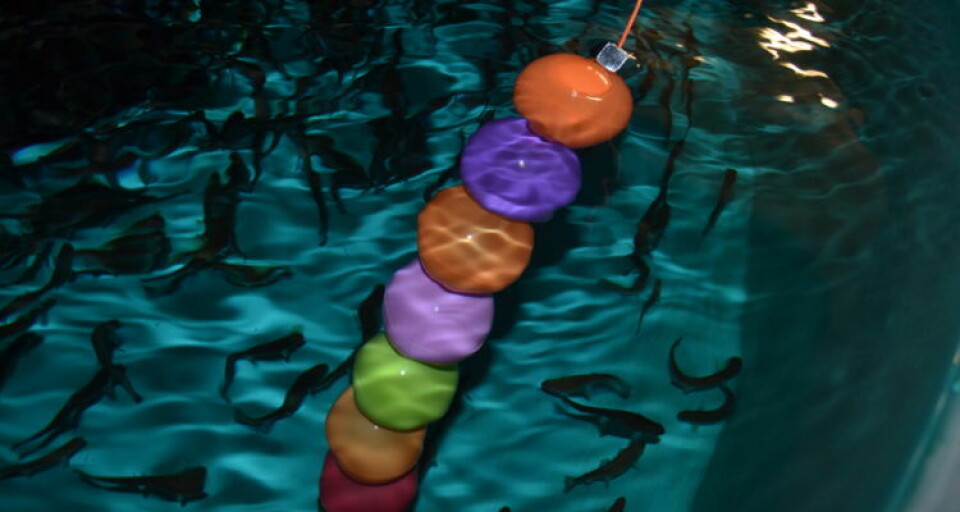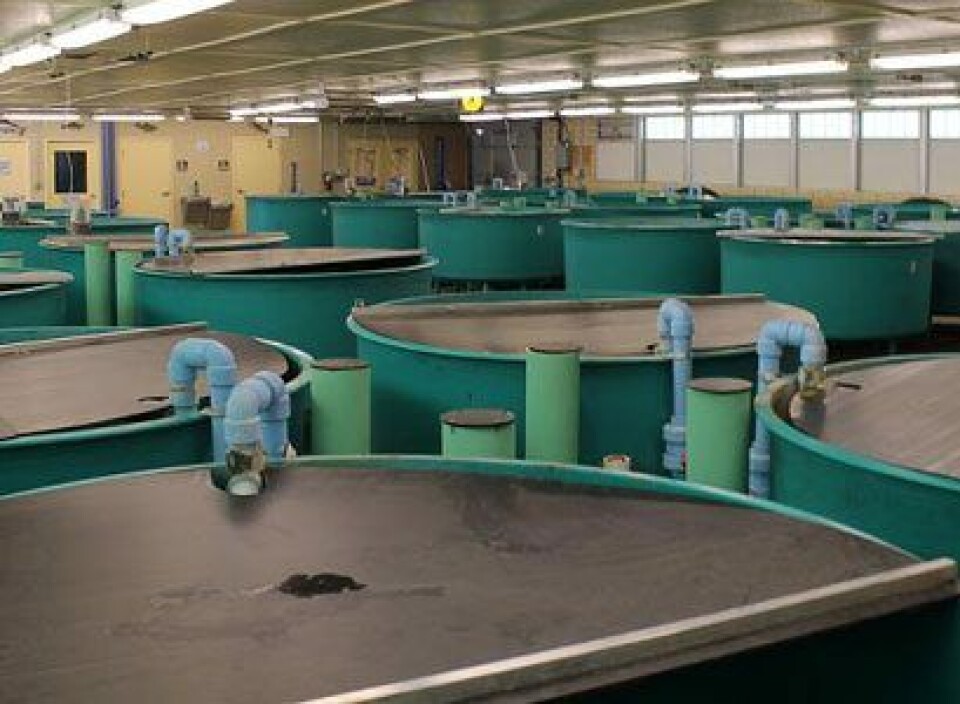
Toy balls in tank prompt big growth increase in fry
Fish hatchery staff in the US state of South Dakota may have found a cheap and simple tool to significantly increase the size of the salmon and trout they raise: toy balls.
The discovery stems from concerns on how fish were raised in hatchery settings in relation to post-stocking survivability or how they behave after being released into the wild, as the fish are grown for stocking rivers and reservoirs. So personnel at McNenny State Fish Hatchery added structures such as brush piles or even small trees, the Black Hills Pioneer reported.

Hatchery manager Mike Barnes said his staff even tried introducing concrete blocks into the tanks.
"The problem with all that is that it interferes with fish production," Barnes said. "Circular tanks are all self-cleaning. If you introduce things directly into the bottom of the tank, it just destroys that. Now you are having to spend a lot more time cleaning, and you can have disease issues."
'We were just shocked'
The next option was to try suspended aluminium rods. "The initial thing was to just see how they modified the self-cleaning tanks," Barnes said. "Would they be suitable in a hatchery setting?"
The employees set up the study using the rods in the experimental tanks and leaving the control tanks unchanged. The tanks were stocked with the same number of fry, and fed at the same rate.
"At the end of three or four months, we were just shocked. Our tanks with just covers had something like 120 pounds of fish, which is what we expected. But the ones with the rods had 150-160 pounds," Barnes stated.

The exact reason for the significant increase in not yet known. Barnes suspects that there was slack water created from the rods being suspended in the tanks. This would provide a small area of refuge for the fish. Perhaps the rods altered the water flow, creating a more even water quality in the tanks, and perhaps the fish are less stressed and realise better growth because there is structure added to the tanks, even though that structure was aluminum rods.
'Unprecedented' growth
As a next step, the hatchery crews suspended plastic toy balls similarly to the aluminum rods.
"At the end of the rearing period as we expected; we got 120 pounds in a covered tank, 150-160 pounds in the tanks with the aluminum rods, but the tanks with the balls, for the first time in my 28 years out here, we had tanks with over 200 pounds of fish, which is totally unprecedented," Barnes said.
The team then added even more balls to the tanks and still saw good levels of growth, but the addition prevented the self-cleaning function of the tanks.
Barnes said studies will continue.























































